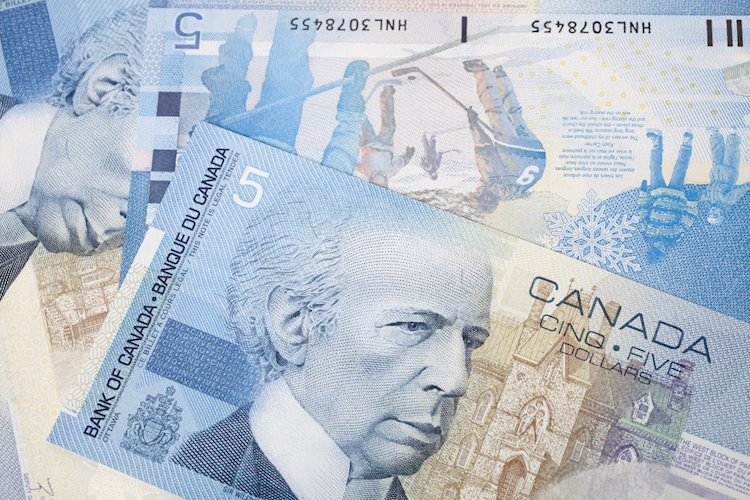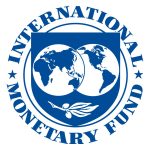The USD/CAD pair has softened to near 1.3925 in early European trading hours on Friday, with the uncertainty surrounding the US presidential election and geopolitical risks possibly limiting the USD’s downside. Economists are supporting calls for another oversized rate cut from the Bank of Canada (BoC). Traders are awaiting the release of the highly-anticipated US Nonfarm Payrolls (NFP) report for October later in the day. The recent data from the Commerce Department showing the US Personal Consumption Expenditures (PCE) Price Index increased by 2.1% on a yearly basis in September has come in line with market expectations. However, any signs of weakness in the US economy or labor market in the October NFP report could impact the Fed’s interest rate outlook. This uncertainty ahead of the US presidential election and ongoing geopolitical tensions might boost the safe-haven status of the USD.
In terms of the Canadian Dollar (CAD), key factors that drive its value include the level of interest rates set by the Bank of Canada (BoC), the price of Oil, the health of its economy, inflation, and the Trade Balance between exports and imports. Market sentiment, with investors either taking on more risky assets or seeking safe-havens, can also influence the CAD. The US economy, being Canada’s largest trading partner, plays a significant role in shaping the value of the Canadian Dollar. Additionally, the BoC’s decisions on interest rates and monetary policy have a direct impact on the CAD, with relatively higher interest rates being positive for the currency.
The price of Oil is a critical factor affecting the CAD, as Canada’s largest export commodity. Changes in Oil prices have an immediate impact on the value of the Canadian Dollar, with higher Oil prices generally leading to an increase in demand for the CAD. Inflation, traditionally seen as negative for a currency, can actually attract more capital inflows from global investors seeking higher returns. This increased demand for the Canadian Dollar can be supportive of its value. Macroeconomic data releases, such as GDP, PMIs, employment figures, and consumer sentiment surveys, can also influence the direction of the CAD. A strong economy and positive economic indicators can lead to a stronger Canadian Dollar, while weak data may cause the currency to depreciate.
As economists continue to suggest the possibility of another rate cut from the Bank of Canada in response to signs of economic stalling, the Canadian Dollar may face downside pressure. The outcome of the US Nonfarm Payrolls report and the overall economic landscape ahead of the US presidential election are expected to impact the USD/CAD pair. Traders will closely monitor these developments to assess the potential direction of the currencies and make informed trading decisions. Amid these uncertainties and economic factors, the USD/CAD pair remains poised for potential movements in response to upcoming data releases and geopolitical events.










